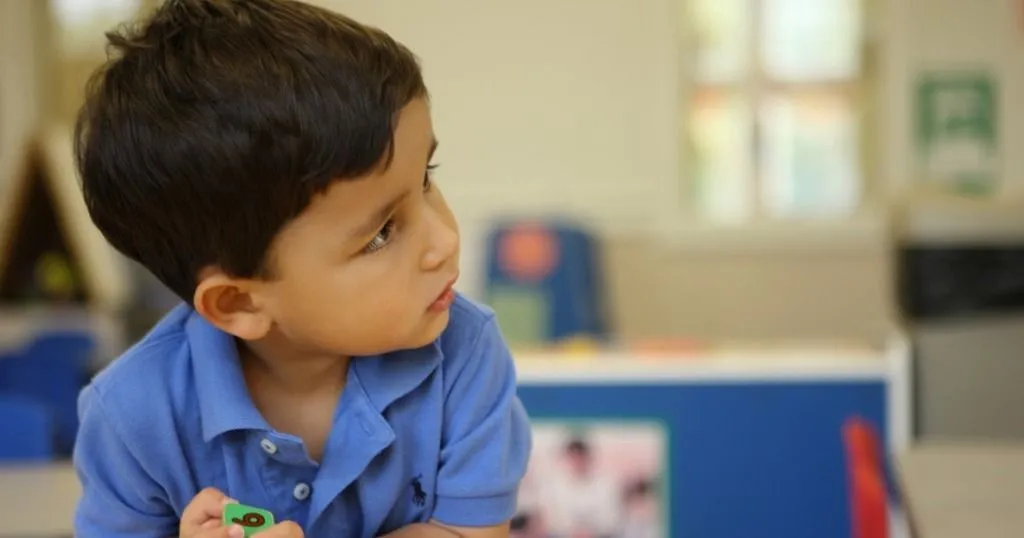The facial action coding system in infant behavior research
Non-verbal behavior is very important in analyzing interpersonal communication. Think about waiving your arms when explaining something, nodding your head, or frowning.
Posted by
Published on
Wed 31 Oct. 2012
Topics
| Consumer Behavior | Facial Expression Analysis | Infants | The Observer XT | FACS |

Non-verbal behavior is very important in analyzing interpersonal communication. Think about waiving your arms when explaining something, nodding your head, or frowning. Facial expressions are also an essential part of non-verbal communication such as when displaying like or dislike of food. You can miss a lot of information if you don’t pay attention to non-verbal cues.
FACS
In many studies, the Facial Action Coding System (Ekman and Friesen, 1978) is used to code muscle movements in the face. It is often used in combination with another research method such as an interview or conversation analysis.
Download here the Free white paper 'Facial Action Coding System (FACS)'How does FACS work?
Movements of individual muscles are coded using Action Unit codes and the intensity is indicated on an A-B-C-D-E scale. You can code for example, inner brow raise (AU1), nose wrinkle (AU 9), and upper lip raise (AU 10).
It is a long training process to get it right. Nevertheless, it has become the standard to systematically and manually code facial expressions.
Infant behavior experiment
Forestell and Mennella (2012) used the FACS to objectively quantify infant’s facial expressions. As a result, they gained insight in the relation between infant behavior and the assessment made by his or her mother concerning the infant’s temperament.
Forestell and Mennella looked into responses to green vegetables and coded the facial expressions using the Action Unit codes. After analysis, they compared the outcomes with the before mentioned parental assessments. Temperament of the infants was described using the Infant Temperament Scale. On this scale, a parent can indicate the frequency of approach/ withdrawal behavior and to what extend the infant can adapt to a situation.
What were the outcomes of this particular study?
The analysis revealed that infants who were rated higher on approach by their mothers, showed fewer looks of distaste. And, they ate more food for a longer period of time. What does this say? The results presented relate approach to infant food acceptance. Forestell and Mennella advise: Parents of children who are withdrawn (less approaching) should be aware that their children may be less accepting of certain foods than other children.
Future research will further improve our understanding of food acceptance patterns in children.
FACS analysis told the researchers a lot about like and dislike and is therefore a methods often used in consumer behavior research, infant behavior research, and other branches of psychology.
Reference
- Forestell, C.A.; Mennella, J.A. (2012). More than just a pretty face. The relationship between infant’s temperament, food acceptance, and mothers’ perceptions of their enjoyment of food. Appetite, 58, 1136-1142.
- Ekman, P.; Friesen, W. (1978). Facial action coding system: A technique for the measurement of facial movement. Palo Alto, Ca.: Consulting Psychologists Press.
Related Posts

How maternal responses support child language development in adversity

5 tips to help behavioral researchers comply with privacy legislation

